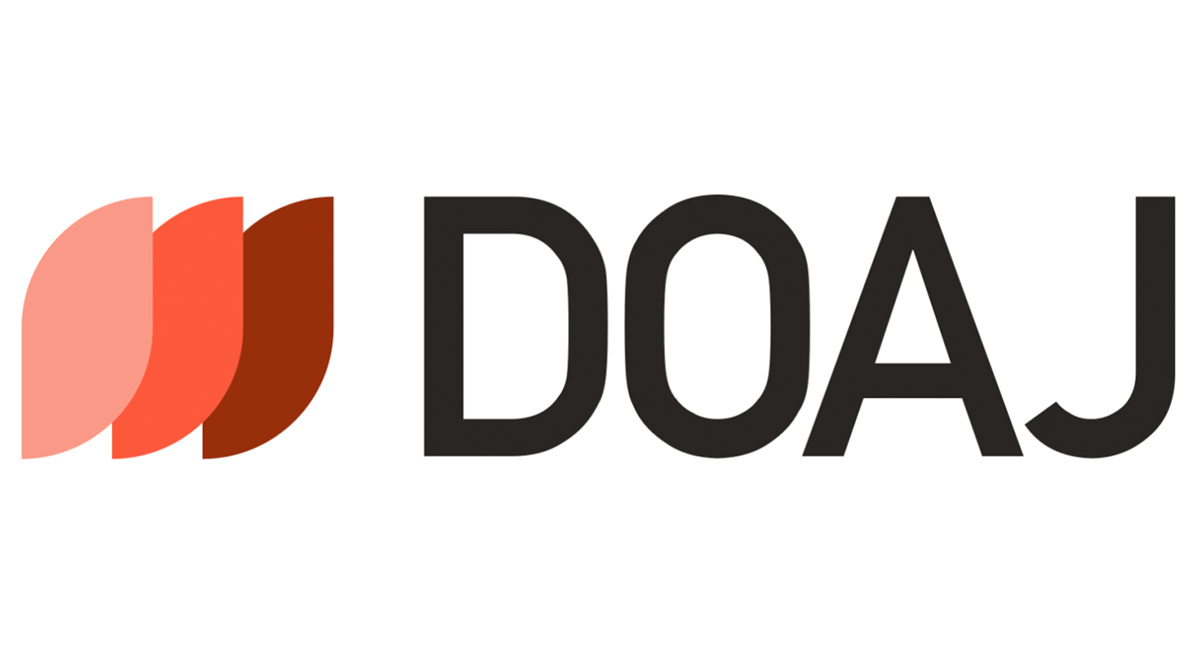Escalation of Security and Privacy in Internet of Things using Advanced IPv6 Based Security Mechanism
DOI:
https://doi.org/10.31185/wjcm.Vol1.Iss1.7Keywords:
Internet of Things, IPv6, Contiki CoojaAbstract
Kevin Ashton coined the phrase Internet of Things in 1999 with high performance implementation for corporate and social world. Thanks to the success of high-performing Internet of Things (IoT) whereby the tags and sensors are the foundation for IoT implementation of radio frequency identification with enormous implementation patterns. Real world objects and systems that are remotely managed using program- based tools may be outfitted with RFID tags. Radio frequency recognition devices may identify objects and sense information. Very thin micro-sized RFID chips that can attach remotely are built. The internet of things will cross over USD 267 billion in 2020. According to the report by Gartner, there would be $273 billion linked devices around the world in 2014. The quantity, which is equal to 8.4 billion goods, is 31% more than last year. This study examines security and productivity in the IoT. It is very popular to use Internet of Things (IoT) in robotics because of sensor sensors, advanced wireless technology and use of software programming. Both wireless IP-based systems come with built-in GPS modules. The utility of smart cities and home automation was increasingly accentuated by the appearance of vast databases of smart IP-based sensors. Within the scope of this study, one of the goals is to establish simulation trends that can cover protection weakness of the Internet of Things. In the novel, the simulation processes were implemented through Contiki Cooja and CupCarbon. The modern age is greatly being affected by impossibly sophisticated technical devices. It is treated under the umbrella of Internet of Things (IoT). Several applications are commonly using IoT linked technologies to a broad variety of purposes. IoT contains many other concepts such as universal computing, widespread computing, ambient computing, among several others. The work presents the implementation using high performance framework for the security in the IoT environment using security mechanism on IPv6.
Downloads
References
V. Gampala, S. Inuganti, and S. Muppidi, “Data Security in Cloud Computing with Elliptic Curve Cryptography,” Int. J. Soft Comput. Eng, vol. 2, no. 3, pp. 138–141, 2012.
J. Vasseur, N. Agarwal, J. Hui, Z. Shelby, P. Bertrand, and C. Chauvenet RPL: The IP routing protocol designed for low power and lossy networks”, Internet Protocol for Smart Objects (IPSO) Alliance, pp. 201–218, 2011.
P.-P. Verbeek, Moralizing Technology: Understanding and Designing the Morality of Things. Chicago: The University of Chicago Press, 2011.
O. Vermesan and P. Friess Internet of things: converging technologies for smart environments and integrated ecosystems, 2013.
O. . Vermesan and P. Friess, Internet of Things: Converging Technologies for Smart Environments and Integrated Ecosystems (PDF). Aalborg, Denmark: River Publishers, 2013.
M. A. Vieira, C. N. Coelho, D. Silva, D. C. D. Mata, and J. M, “Survey on wireless sensor network devices,” Emerging Technologies and Factory Automation, pp. 537–544, 2003.
S. Vongsingthong and S. Smanchat, “Internet of Things: A review of applications & technologies" (PDF),” Suranaree Journal of Science and Technology, 2014.
W. Trappe, R. Howard, and R. S. Moore, “Low-energy security: Limits and opportunities in the internet of things,” IEEE Security and Privacy, vol. 13, no. 1, pp. 14–21, 2015.
J.-B. Waldner Nanoinformatique et intelligence ambiante. Inventer l’Ordinateur du XXIeme Siècle. London: Hermes Science, pp. 254–254, 2007.
J.-B. Waldner Nanocomputers and Swarm Intelligence. London: ISTE, pp. 227–231, 2008.
M. Wallace Fragmentation is the enemy of the Internet of Things, 2016.
K. Walsh, “Nest Reminds Customers That Ownership Isn’t What It Used to Be,” Electronic Frontier Foundation, 2016.
R. Want An introduction to RFID technology, pp. 25–33, 2006.
R. . Want, B. N. Schilit, and S. Jenson, “Enabling the Internet of Things,” Computer, vol. 48, pp. 17384656–17384656, 2015.
M. Ward, R. V. Kranenburg, and G. Backhouse, “RFID: Frequency, standards, adoption and innovation,” JISC Technology and Standards Watch, pp. 5–11, 2006.
M. Ward Smart devices to get security tune-up, 2015.
G. Webb Say Goodbye to Privacy, 2015.
R. H. Weber and R. Weber Internet of Things: Legal Perspectives, vol. 9783642117107, pp. 59–64, 2010.
M. Weiser, “The Computer for the 21st Century" (PDF),” Bibcode:1991SciAm.265c..94W. doi:10.1038/scientificamerican0991-94. Archived from the original (PDF) on 11, vol. 265, pp. 94–104, 1991.
M. . Westerlund, Leminen, . Seppo, and M. Rajahonka, “Designing Business Models for the Internet of Things,” Technology Innovation Management Review, vol. 4, no. 7, pp. 5–14, 2014.
K. Wieland, IoT experts fret over fragmentation. 2016.
A. . Witkovski, Santin, . Altair, Abreu, . Vilmar, and J. Marynowski, “An IdM and Key-Based Authentication Method for Providing Single Sign-On in IoT,” 2015 IEEE Global Communications Conference (GLOBECOM), pp. 1–6, 2014
Downloads
Published
Issue
Section
License
Copyright (c) 2021 Sundresan Perumal

This work is licensed under a Creative Commons Attribution 4.0 International License.





